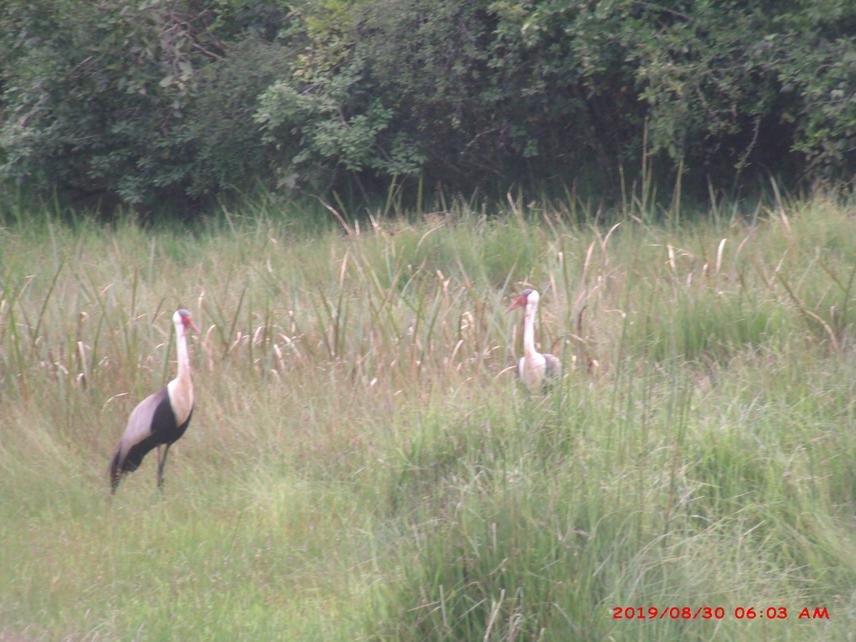Abebayehu Aticho
Other projects
10 Sep 2015
Improving Wattled Crane (Bugeranus carunculatus) Population through Community Based Conservation in Boye Wetland Complex, Jimma, Southwest Ethiopia
15 Nov 2016
Strengthening Community Capacity to Undertake Wattled Crane and its Habitat Conservation in Boye Wetland Complex, Jimma, Ethiopia
28 Feb 2018
Advance Community Based Conservation of Wattled Crane and Wetland Habitat in Jimma Zone, Southwestern Ethiopia
25 Jun 2019
Building Community Capacity for Wetland and River Buffer Zone Management to Ensure Sustainable Wattled Crane Survival and Socio-Ecological Benefits, Jimma Zone, Ethiopia
The resident crane species of Ethiopia- Black Crowned and Wattled crane species are listed as vulnerable in IUCN red list. Their population is declined due to habitat degradation, disturbance, and inadequate conservation actions. The problem of crane habitat degradation is one of the main conservation challenges in developing countries like Ethiopia- where population growth is high. In response to this problem, the principal of this project has been working on research and conservation to improve the cranes' population and their habitat status.

This work is supported by different partners; among the partners the Rufford Foundation takes the lion share. The current project will work to enhance multi-stakeholder participation to ensure sustainable conservation of the target species and its habitats. The project will work to ensure sustainable active participation of local community and the relevant stakeholders in target species' habitat restoration efforts through training, workshop, supplying native plant seedling and supporting local or indigenous conservation institutions. To improve the target species' habitat (i.e., breeding, feeding and roosting), the project will promote native tree and shrub seedling (i.e., social, ecological and economical important) in wetland and river buffer zone as well as catchment areas through planting. Therefore, the aim of this project is to improve the coexistence of human and target crane species in agricultural landscapes through promoting community-based conservation.